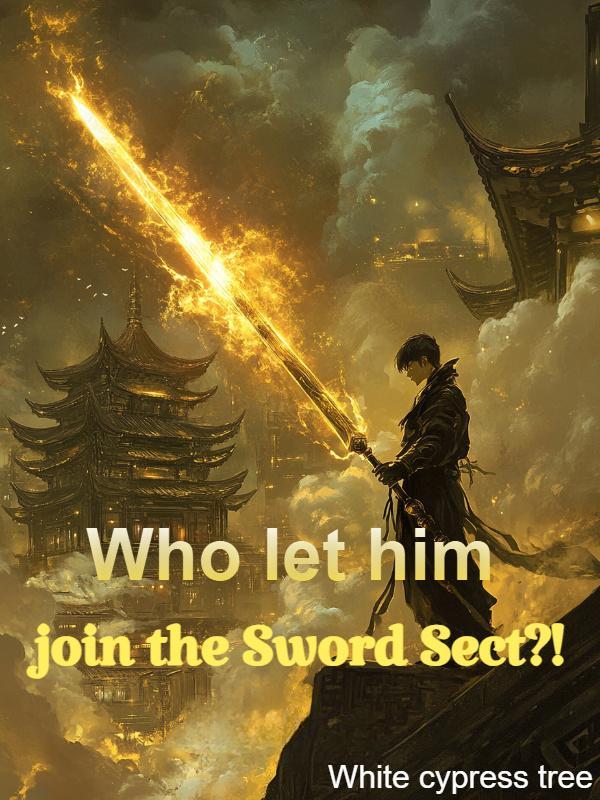©NovelBuddy
MTL - African Entrepreneurship Records-Chapter 253 Battle of Wiesenburg
Chapter 253 Battle of Weissenburg
On August 2, six divisions of Frossard's Second Army and Bazin's Third Army entered Saarbrücken.
Most of the Prussian army has withdrawn from this place, so the resistance is slight, and the losses on both sides are not large. The Prussian side suffered 83 casualties, and the French army suffered 86 casualties.
Napoleon III took the crown prince into the city and rode on horseback to accept congratulations from the troops. Before that, Emperor Napoleon III had not ridden a horse for a long time because of hemorrhoids.
The French media enthusiastically cheered "Saarbrücken's victory", and the news reports were accompanied by **** illustrations.
After taking Saarbrücken, the French army had disagreements about what to do next. Bazin hoped to develop this offensive to destroy the 40,000 Prussian army assembled near Saarbrücken, but Napoleon III disagreed.
The news received from various places, as well as the Prussian cavalry that can be seen everywhere in the theater, have already made Lebouf and Napoleon III nervous, and learned from the captives that the Prussian army is about to launch an attack. Leboeuf suggested withdrawing the French from Prussia and deploying defenses along the border.
So the Fourth Army commanded by General Paul de Radmerel, who was originally planned to capture Saarbrücken and continue to capture Saarlouis, came back to defend the Mosel Valley Pass in accordance with the new order. In the hallway to Tyonwe. The French army occupying Saarbrücken also retreated across the board, returning to Forbach and Spicheran, which were suitable for defense in France. Bazin's Third Army also withdrew from Sarreguemines to Saint-Avold.
Ferry, who was originally ordered to lead the Fifth Army and also joined the battle in Saarbrücken, was ordered to return to Fortress Beech, where he started.
McMahon's First Army remains unchanged, still defending Froesqueville, south of the Vosges Mountains, and maintaining contact with Felix Duy's Seventh Army of the French Army in Belfort. The French reserves, Charles-Denis Bourbaki's Guards and Marshal Canrobert's Sixth Corps advanced, the Guards to Saint-Avold and the Sixth Corps to Nancy.
The "Second Jena" that Napoleon III had agreed before the war turned into a defensive retreat, and the high-level attitude was vacillating, which greatly frustrated the enthusiasm of the French army.
The French army fell into defense, Moltke ordered the German army to counterattack across the board, and at the same time ordered the Third Army to take Wiesenburg on August 4.
…
Wiesenburg.
The army of the Kingdom of Bavaria, who had been eager to try for a long time, took the lead in launching an attack on the French defenders of Wiesenburg.
The commander of McMahon's 2nd Division is 61-year-old General Abel Douy, brother of Felix Douy, commander of the Seventh Army, and former principal of the Saint-Cyr Military Academy. Duy led his troops to Wissembourg on the afternoon of August 3.
Wiesenburg is a picturesque old town on the Lauter River. Since the 18th century, France has built defensive fortresses in Wissembourg, with a series of towers, forts, and moats. However, in 1867, Marshal Nière abandoned these forts, which were somewhat outdated for the nineteenth-century army, and removed the cannons to save the budget. After that, the fortifications and forts gradually became deserted. However, if the Prussians want to attack, this is the transportation hub from Bavaria to Salzburg and the Lower Alsace region, and it is still a strategic location.
Just arrived here, after General Duy surveyed the local situation, General Duy's engineer suggested: "Wissembourg needs to be renovated so that it can be held as a key point."
This suggestion was immediately reported to the First Army Command. But Duy was unlucky. As soon as the telegram was sent, the German army had already crossed the Lauter River and attacked Weissenburg, a strategic location, without giving him time to react.
The battle that started on August 4 was very sudden to the French army. The French army had no idea that more than 80,000 Prussian and Bavarian troops had assembled opposite them. For several weeks, the French infantry officers did not let a French cavalry go over to scout the situation of the Prussian army on the other side of the river. The French army always thought that "all was well." The previous evening the magistrate had reported that Bavarian troops had seized the customs house on the Franco-German border, where a large number of German troops had been found. However, it was very late when the report was received. The 61-year-old General Abel Douy pommeled Lawton and did not immediately send cavalry to verify the situation. The next morning he sent cavalry to reconnaissance, and the cavalry who went out to reconnaissance were quickly driven back by the Prussian cavalry, and there were some small-scale contacts between the two sides. General Duy didn't pay much attention to it, and started drinking coffee normally at 8 o'clock in the morning, and then reported the investigation results to Marshal McMahon in Strasbourg. Marshal McMahon felt that he should send more troops forward, and planned to move his headquarters to Wissembourg the next day. Just as the operator was telegraphing his plan to Le Beauf at Metz, the battle for Wissembourg broke out.
The defensive fortress of Wissembourg, although built in the last century, is somewhat outdated, but it can still serve as a defensive position for infantry. Despite the "surprise attack," General Douy, unflappable, immediately deployed two of his eight battalions, along with six guns and several machine-guns, to the front of Wissembourg along the river, and the other One battalion was placed in Altenstadt, a small town next to Wissembourg, and the rest of the infantry, cavalry, and twelve guns were placed on the **** behind the town. With the attack of the Bavarian 4th Division, all the French guns deployed at the front fired together, weaving into a dense fire net. The French veterans used their Chassebol rifles to aim at the rushing German army and shoot, causing serious damage to the enemy.
It is also here that the Bavarians heard the sound of machine gun firing for the first time. It's just that the machine guns at this time are not the kind of big killers in World War I. They can't shoot, they can only hit one target hard. So dozens of bullets greeted a person, and the person was immediately turned into pieces. The intimidating effect caused by this new weapon far exceeds its actual lethality. A Bavarian officer said that there are no wounded under this kind of gun, and you will only die when you are hit. The French artillery and musketry were so accurate that every attacking Bavarian corps was scattered. The Bavarians retreated, and the Prussian officers shouted loudly to reorganize their troops and attack.
Bavarian and Prussian infantry, hiding under the vines, fired at the French army. They could not see the French, they could only hear the gunfire of the French army, and the flashes of fire fired on the French army. The Dreiser rifles equipped by the Bavarian and Prussian armies were not as accurate and fast as the Chasepo rifles of the French army. In addition, the German army needs to lie on the ground to covertly shoot, while the French army either stands in the trenches or hides behind the protective wall, and the reloading speed is much faster, so the disadvantages of shooting the German army are all obvious. Fortunately, the Prussian and Bavarian armies also had superior weapons, the new Krupp cannons, and several of the cannons were pushed across the river to join the infantry in the fight. The cannons of the two sides began to fire at each other, and the Krupp breech-loading guns quickly showed their advantage over the French front-loading guns. In addition, the French artillery shells also used very unreliable timing fuzes, which caused little damage to the German army. The Krupp guns used trigger fuzes and exploded upon landing. Soon the French cannons misfired, and then the Prussian cannons began to shift their targets to attack the French infantry hiding in the trenches. But even so, under the firepower of the French infantry, the Bavarian army was still full of casualties.
In this battle of disparity in strength, 8 battalions of the French army faced the attack of 29 battalions of the German army. The result of the German army's victory was no suspense, but the number of casualties exceeded the French army, showing the combat effectiveness of the French army, especially when the opponent was the Bavarians .
(end of this chapter)







